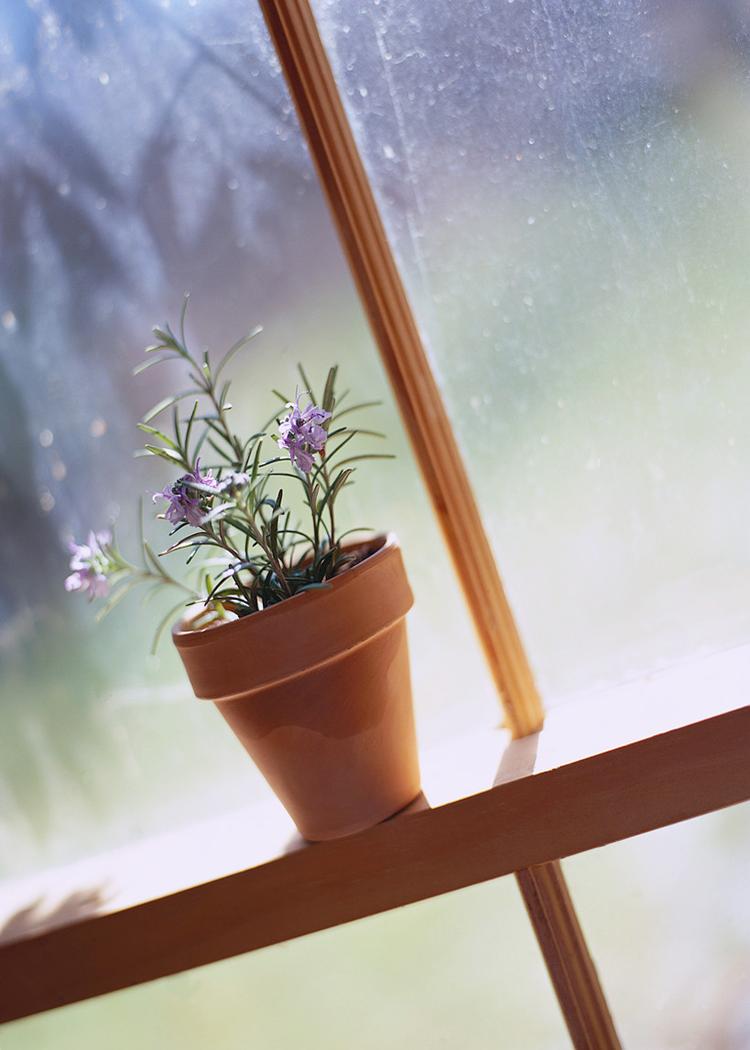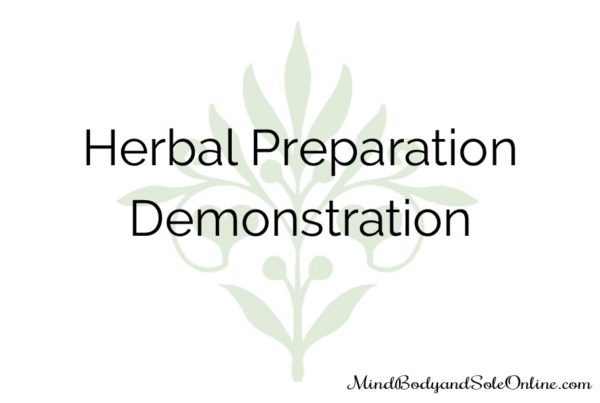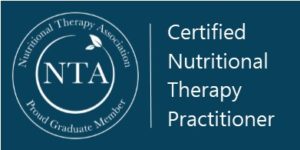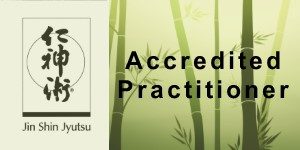 Welcome to the second edition of Wildcrafting Wednesday! It’s time to share your herbal tips, tricks, techniques, and recipes!
Welcome to the second edition of Wildcrafting Wednesday! It’s time to share your herbal tips, tricks, techniques, and recipes!
Wildcrafting is the practice of gathering or harvesting plants from their natural or “wild” habitat for food or medicinal purposes. It applies to uncultivated plants wherever they may be found, and is not necessarily limited to wilderness areas.
Wildcrafting Wednesday is a place were bloggers can gather to share their favorite herbal posts. It’s a place to gather information on ways to incorporate herbs in our day to day life. It is anything and everything herbal – from crafts to cleaning to tinctures to cooking – if it involves herbs then we want to read about (harvest) it! 🙂 (Get it? Gather…Harvest…Wildcrafting…) 🙂
In other words, this is a “one stop shop” for the past weeks best tips on how to use herbs!
Guidelines for Participation:
1. Please link up your blog post using the Linky widget below. If you are posting a recipe, only real food recipes are permitted please. This means no processed food ingredients!
2. Please link the URL of your actual blog post and not your blogs home page. That allows future readers who find this post and go to your link to be able to find what they’re looking for.
3. Please place a link back to this post. That way your readers can benefit from all the ideas too. This also helps out the other participants who are hoping to get more traffic to their blogs. If you’re new to blogging here’s what you do: Copy the URL of Wildcrafting Wednesday from your browser address bar. Then edit your post by adding something like, “This post was shared on Wildcrafting Wednesday at Mind Body and Sole” at the end of your post. Then highlight “Wildcrafting Wednesday at Mind Body and Sole”, click the “link” button on your blogging tool bar, and paste the URL into that line. That’s it!
4. Please only link posts that fit the carnival description. Old and archived posts are welcome as long as you post a link back as described above. Please don’t link to giveaways or promotions for affiliates or sponsors. That keeps our links valuable in the future since a link to a giveaway three months old isn’t going to be worth browsing in three months time, but a link to an herbal tip will be.
5. Please leave a comment. 🙂
6. Don’t have a blog? We still want to hear from you! Please leave your herbal tip or recipe in the comments.
7. And bloggers, please check out the other posts and leave a comment for them too. 🙂 I know that we would all love to hear from each other. 🙂









Kathy,
One of the best herbal recipes I know about is the one for Miracle Salve from the book, “Butterfly Miracles with Herbal Remedies” by LaRee Westover. At first I thought making salve would be hard, but it is REALLY easy. The recipe is:
3 parts comfrey root
2 parts plantain
2 parts mullein
2 parts lobelia
2 parts Oregon grape root
Basically, slowly heat 13 1/2 cups almond oil with the above herbs added. Only heat to 180 degrees. Allow the herbs to cook for 2-3 hours. Fresh herbs take a little longer to get the extra water out. After cooking, strain the herbs out of the oil. Now comes the fun part…melt about a pound of beeswax in the oven and while both of the liquids are the same temperature, add them together. As the mixture cools, it will thicken. I like to use a wire whisk to beat it with. It is important to stir it very often in the initial cooling stages. I like to pour it into containers when it is still a little warm as it is easier and way less messy. The full recipe and instructions is in the book.
I use Miracle Salve for just about anything from burns and cuts to softening “garden” hands.
Hope this information is helpful.
Sharon Moran
Katherine, thanks for hosting another Wildcrafting Wednesday. It’s always a pleasure to be able to participate!
Sharon, we make very similar salves or ointments and use a few other herbs including calendula and chickweed. They are also wonderful and works for burns, stings and more. Don’t you love being able to create your own products from what nature provided?
Rhonda,
I’m so glad you stopped by to share your post on stinging nettle! Your site, “Growing Herbs for Beginners” is exactly what many of my readers have been asking for. 🙂
~ Kathy
I ferment; is that a form of wildcrafting? I see what I do as “indoor farming”. I nurture kombucha bacteria colonies, sourdough bread yeasts, milk and water kefir colonies, and user friendly yogurts. I sell starters to locals (local to Orem). I don’t know much about herbs, but am willing to learn. I do use essential oils and wouldn’t be without them. I will be snooping around this site and those who are contributing here.
Hi Joanne! 🙂
Welcome to Wildcrafting Wednesday! I’m so glad that you are sharing your fermenting knowledge! I don’t do kombucha, but I do kefir (both milk and water), sourdough, yogurt, and other lacto-fermented foods. We LOVE it! Take a look at my post on the Perfect Trifecta for Intestinal Health – I think you’ll see something familiar. 🙂 And since many times I use herbs in my fermented cooking, then YES, your post is most certainly relevant! 🙂
~ Kathy
Hello! Thanks for hosting. Lots of good info for this wonderful way of life!
Kathy,
Just a FYI for anyone looking for raspberry leaves. Along the Wasatch Front in Utah, the Thimbleberries (wild raspberry) are beginning to ripen in the mountains. The nice thing about these wild raspberries is the leaves are large and you can harvest quickly. Waterfall and Strong Canyon’s in the Ogden, Ut. area had lots of Thimbleberries.
Debra,
Thanks for the tip!! 🙂 I’ve been wanting to harvest raspberry leaves. 🙂
~ Kathy